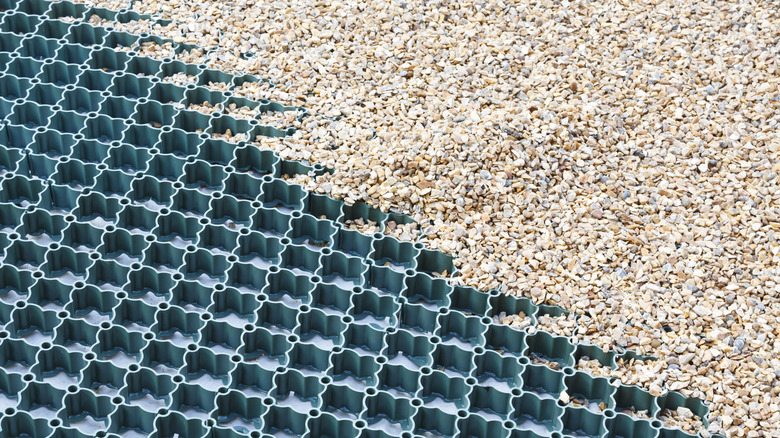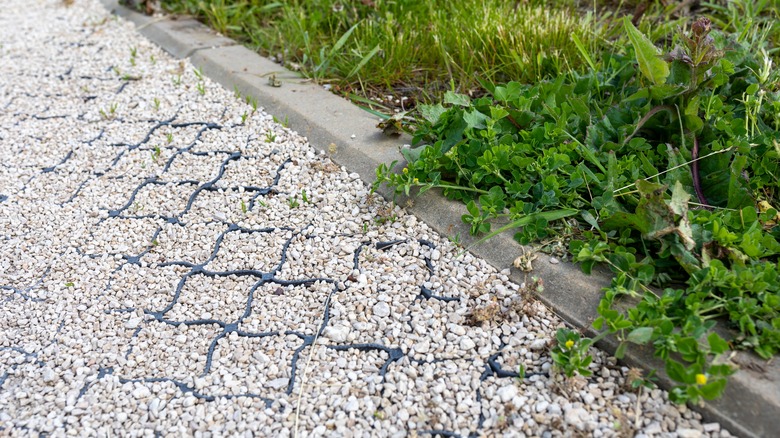The Benefits And Drawbacks Of Using Gravel Grid Systems For Your Yard
Gravel grid systems comprise a network of interlocking plastic modules that hold the surface layer of gravel on top of a base layer. Their main purpose is to help keep gravel in place. If you're building a gravel driveway, walkway, or patio, in your yard some landscapers may suggest installing a gravel grid system to strengthen the gravel surface. But these systems are not cheap, and you can expect to pay around $250 for a single sheet measuring 8-by-20 feet. This means that you'd add anywhere between $250 to $1,000 to your gravel surfacing project by opting to use this type of grid. To justify the added costs, the benefits of gravel grid systems would need to outweigh their drawbacks in your eyes. But what exactly are the pros and cons of grid gravel systems?
Stability is the key benefit since grids prevent gravel from eroding or sinking into potholes. These contraptions also have aesthetic value, as they help keep your gravel patio, driveway, or walkway looking tidy. Finally, placing a grid beneath a gravel driveway can help you overcome local impervious surface bylaws and expand the home's driving space.
On the other hand, gravel retention systems are difficult to install and require regular maintenance to function well. Likewise, the added costs may be hard to justify, depending on your budget. Below, we'll take a detailed look at these pros and cons so you can determine whether a gravel grid system is worth it in your yard.
A detailed look at the pros and cons of gravel grid systems
The most important benefit of a gravel grid system is that it provides the surface with structural stability. Gravel shifts downward and sideways in response to traffic and heavy rainfall. These shifts can cause gravel to wash away or sink into the substrate, creating potholes and ruts. The walls of a gravel grid keep the aggregate from shifting laterally, while its bottom prevents gravel from sinking. Another advantage of gravel grid systems is that the cells keep the surface clean and dust-free. That's because they are typically filled with "clean" stone — a type of gravel free of dust and finer bits. Finally, a gravel grid can help you expand the surface area for vehicular use. Some jurisdictions restrict the maximum impervious surface area of a lot. Using a grid filled with clean stone, you should be able to navigate these constraints and add more vehicular space to your yard.
Gravel grid systems come with their share of drawbacks, too. For one, these retention systems aren't as easy or quick to install as some manufacturers claim. A gravel grid system demands a well-prepared, leveled, and compacted surface, often with a base layer of aggregate. Before adding gravel, you must precisely cut the grid system to size and secure it onto the substrate. Moreover, you'll need to maintain the grid once it's in place, which involves removing weeds from gravel, clearing debris, topping the surface up with aggregate, and replacing grid sections that may become damaged by heavy traffic. Finally, there's the price tag, adding about $650 to your budget (excluding labor) to set up the system on a two-car driveway. As mentioned, your needs and budget will likely affect each factor's weight. Before deciding if this method is right for you, know the mistakes everyone makes when using gravel for landscaping.

